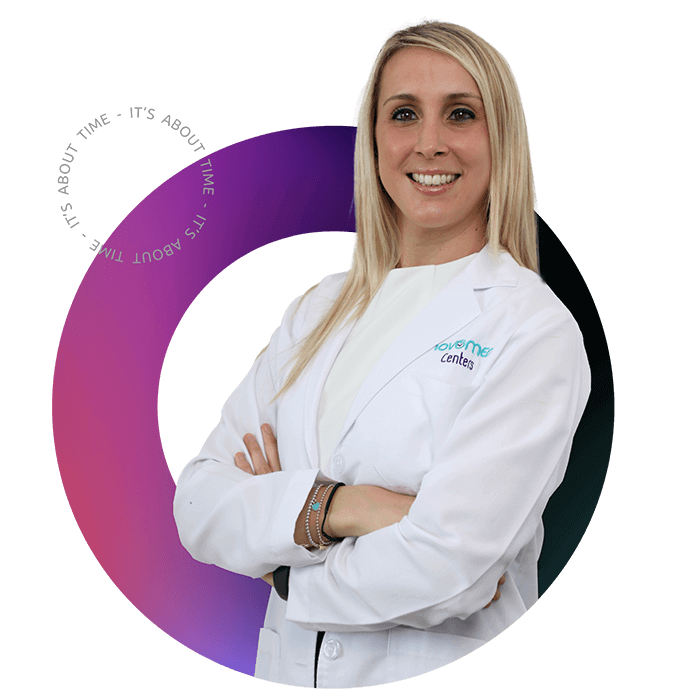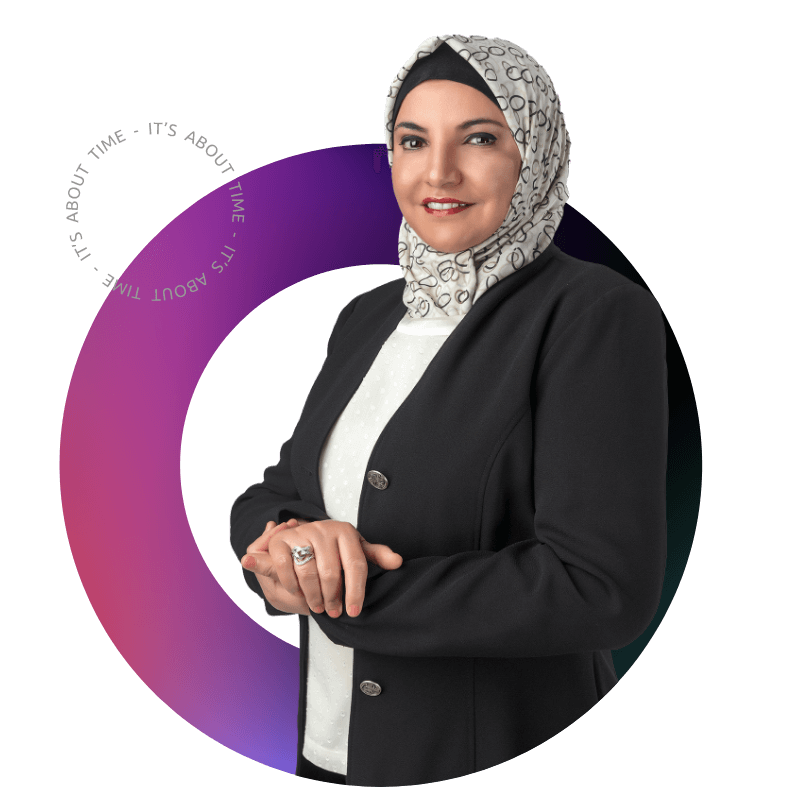Having overly abnormally large breasts can adversely affect some women’s health and emotional well-being. It’s possible to experience back and neck aches and itchy skin under the breast crease. In addition, the weight of excess breast tissue can restrict a woman’s ability to lead an active life.
Breast reduction, also known as reduction mammaplasty, is a surgical procedure that removes excess breast fat, glandular tissue, and skin to make the breasts fit better with the rest of the body and relieve the discomfort associated with having large breasts.
Am I a good candidate for breast reduction surgery?
Breast reduction may be a suitable option for you if:
- You have good overall health.
- You have realistic expectations.
- You are non-smoker.
- You feel self-conscious about your image.
- Your breasts limit you from performing certain activities.
- You suffer from back, neck and shoulder pain.
- You have shoulder indentations from bra straps.
- You have a skin rash under the breast fold.
How to prepare for the surgery?
During your consultation appointment, your surgeon will ask you about your lifestyle, like if you smoke and what medicines you take. You might have to stop smoking before and after surgery so your body can heal well. You may also have to stop taking some medications to avoid any complications during or after the procedure.
It’s crucial to abide by your surgeon’s recommendations regarding the vitamins you can take before and following the procedure. Your doctor might also provide dietary advice to ensure you have well-balanced meals.
What to expect during the surgery?
Breast reduction surgery can either be done as an outpatient procedure or require a one-night stay in the hospital. A general anesthetic will be administered in both cases, so you’ll be asleep during the surgery.
The surgery takes between three and five hours. Your doctor will cut a keyhole-shaped cut around your nipple and then down on your breast. The first step of the operation is to move the nipple to a new spot while keeping it attached and alive on a “stalk” of tissue (pedicle). Then, extra breast tissue and skin will be removed. The remaining skin and tissue are lifted and tightened to make the breasts smaller and firmer.
Your doctor may use draining tubes to remove excess fluid from the breasts and speed up the healing process. They’ll also use dressings, bandages, or a compression garment to keep the breasts in place during recovery.
What to expect after the surgery?
After surgery, it’s normal for the breasts to swell and change color, but these symptoms fade as your body heals. Even though you’ll feel some pain right after surgery, it usually goes away in the first few days. If drains were put in the breasts for surgery, they are usually taken out after a day or two.
Your doctor will inform you when to get your bandages and stitches taken off. You might be unable to work out or do other physically demanding tasks for at least a month after surgery, including driving, lifting heavy things, or doing chores like laundry or cleaning.
We are devoted to providing individualized care in a warm and friendly environment To provide our patients with a delightful experience and outcomes that meet or surpass their expectations. We’ll be happy to answer any questions you have about breast reduction and how it can help you. Contact us for free or fill out an online form to book an appointment.



























